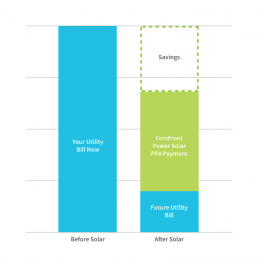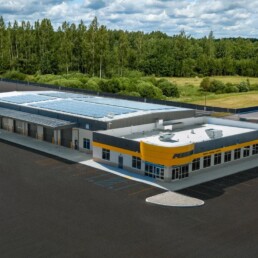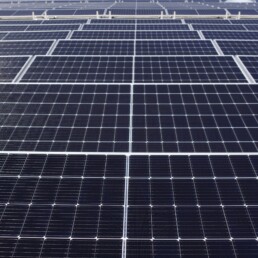The majority of solar energy projects are developed via third-party financing solutions, including Power Purchase Agreements (PPA), making this financing structure the leading way to procure solar. But how does it work and is it the right fit for your organization? This article will introduce you to the PPA and how it works.
What is a PPA?
A PPA is a contractual arrangement between a solar energy developer and an electricity customer. Under the PPA, the solar energy developer agrees to design, permit, finance, install, and maintain a solar energy project for the customer for a specified time period – typically 20 years.
The developer sells the energy, in kilowatt-hours (kWh), that the project generates to the customer at a fixed rate that is typically lower than the local utility’s retail rate. Some PPAs offer a “flat” price with no annual escalator while others include an annual escalator. The developer uses the revenue from the PPA in addition to any tax credits and other incentives generated by the system to recover the initial costs of development and installation. Customers can enter into PPAs for both on-site solar projects (rooftop, canopy, or ground system) and off-site project (community solar, virtual net metering, or wholesale power).
At the end of the PPA contract term, a customer may extend the PPA, have the developer remove the system, or purchase the solar energy project from the developer at fair market value.
What are the benefits?
- No upfront cost for the customer: the solar energy developer will finance all capital costs associated with developing the projects, including all permitting, engineering, construction, and maintenance.
- Leverage tax incentives: if a public entity, such as a municipality or school district, decides to purchase a solar energy system, that entity does not have the tax liability to capture the 30 percent federal investment tax credit. Under a PPA, a solar developer uses tax equity financing to leverage these incentives, passing them along to customers in the form of a lower PPA rate.
- Performance-based contract with aligned incentives: Under the PPA, customers only pay for the electricity that the solar facility generates over the contracted term. Since the customer pays for actual production, the solar developer is incentivized to keep the system up and running, producing reliable power for the entirety of the contract term.
- Long-term electricity price certainty: The PPA offers predictable and certain electricity costs. The PPA also provides a valuable hedge against volatile utility prices.
- Included operations and maintenance: most PPAs include around-the-clock monitoring, preventative cleanings, maintenance, and coverage for all repairs and warranties during the contract term. These costs are included in the PPA rate.
How it Works
The chart below shows how your electricity bill is impacted by solar energy procured through a PPA. Before solar, the you pay your entire electricity bill to the local utility (or a retail supplier). After solar energy, you still pay a utility bill, albeit a smaller one. Your energy costs now include a PPA payment for solar energy production. The sum of these two bills is less than your total cost prior to solar, representing cost savings.
Reduced OPEX With No Upfront Cost

Evaluate for Your Facility
ForeFront Power has a team of solar energy professionals that are ready to assist you in evaluating on-site and off-site options to help you save money and meet your sustainability goals. The good news is that our site evaluation and customized proposal is no cost to you.
ForeFront News
November 18, 2024
Penske Truck Leasing Lights Up New Solar-Powered Facility Initiative
October 23, 2024
Building Solar and Minds with Bakersfield College
September 26, 2024
Rafiqui is born, the first solar panel recycler in Mexico
Interested in learning more?
We would love to discuss how our solutions might be a fit for your organization. Contact one of our solar, storage, or e-mobility experts today:








